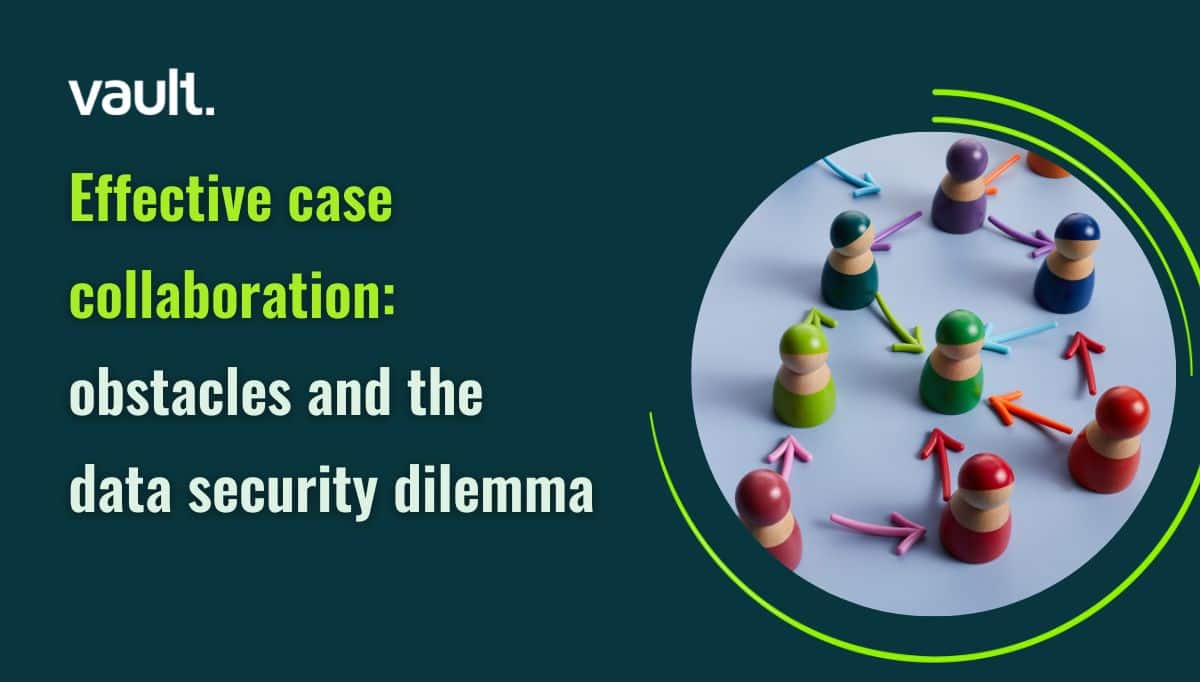
This week saw the swearing-in of US President Joe Biden, who set a strong tone for inclusion and respect when he warned that any political appointee showing disrespect would be fired on the spot.
In the business of corporate misconduct management, we talk to a lot of HR and people leaders and ethics and compliance leaders and we often talk about the ‘tone at the top’.
Conduct is set out by your policies and codes and sets the framework and the boundaries for how your people are expected to behave in the workplace. But conduct doesn’t guarantee behavior – this is where culture comes in.
Culture decides how people really behave, especially when no one else is around – something that has become even more important since the pandemic with people operating in isolation and with less oversight.
Conduct is just as important as culture
It’s an observation that frequently comes up in the several ECI Working Groups that Vault Platform is currently participating in looking at the growing risk spectrum for E&C professionals. As one working group participant recently put it: “Social dynamics drive behavior within a company, not policies. Employees look at what their leaders do for direction. Without buy-in from the top, a policy is just a piece of paper.”
Companies where leadership has a ‘do as I say, not as I do’ approach end up creating a culture of tolerance for rule-breaking. This has a knock-on effect of disincentivizing employees from speaking up about any form of misconduct because the perception is that it won’t be taken seriously. This, in turn, creates more misconduct because of a lack of repercussions for perpetrators.
A challenge that often occurs in parallel with businesses that have a disconnect between conduct and culture is that the infrastructure is often not in place to enable the transition to a more positive culture. Drawing attention to the Code of Conduct won’t do if the tools in place to expose and resolve misconduct are ineffective.
One such company that famously encountered this exact problem was German car manufacturer Volkswagen, which had a culture that tolerated misbehavior from senior leaders that allowed the diesel emissions deception to continue for a decade. In terms of infrastructure, the company relied on a hotline for reporting violations. But in the subsequent investigation, the Board admitted the whistleblower program wasn’t very employee-friendly, as it only accommodated two main languages—German and English, for a global enterprise with more than 600,000 people—and employees often had to wait 20 minutes in a queue to leave a tip.
There was also general confusion as to whether the hotline was meant for cultural indiscretions, technical issues, or violations of the regulatory framework.
Optimizing internal misconduct reporting
So, the perennial problem faced by Compliance and HR professionals is getting employees who know when something is wrong to tell you about it and making that process as frictionless as possible. Setting the right example at the top and getting buy-in that this is the attitude that is expected, is a good start.
Edelman’s 2021 Trust Barometer, which came out recently, identified that when the government is absent (trust in government is at an all-time low), people clearly expect business to step in and fill the void, and the high expectations of business to address and solve today’s challenges has never been more apparent. The heightened expectations of business bring CEOs new demands to focus on societal engagement with the same rigor, thoughtfulness, and energy used to deliver on profits. Around 86% of employees want to see their CEO take a lead on addressing pressing societal issues.
To come back to Joe Biden’s inauguration, the US President’s remarks: “I’m not joking when I say this: If you’re ever working with me and I hear you treat another with disrespect, talk down to someone, I promise you I will fire you on the spot,” are a great example of leadership setting the tone and establishing the expectation of everyone in the organization.
Although White House employees are a special case as they serve at the President’s pleasure, what’s problematic from a Compliance and HR perspective is the follow up: “On the spot. No if, ands, or buts.”
Employers have a duty of care to treat their employees equitably and with respect and this includes those that have been accused of misconduct. An effective process for investigating incident reports is just as critical as the process for exposing incidents in the first place.
Whistleblowers and incident reporters must be interviewed and followed up with. Sometimes these people will want to remain anonymous. Evidence must be gathered, perpetrators interviewed. Multiple teams might be involved and the process must be tracked and audited from a single source of truth. Issuing judgments on the spot is not practically, or legally, effective and the absence of an infrastructure to investigate and resolve misconduct efficiently is a significant red flag to prospective internal whistleblowers and reporters.
When employees speak, listen, and act
Suzanne Lucas, the self-styled Evil HR Lady, wrote in a column for Inc. that while a zero-tolerance attitude is commendable from a tone-at-the-top perspective, it’s a “terrible policy.”
“’On the spot’ firings make for great television, but it’s a pretty bad policy at work. Except in the most egregious of circumstances, you want to conduct an investigation. (And even in egregious circumstances, it doesn’t hurt to suspend someone while you investigate.) There are always at least two sides to every story, and sometimes many, many more. You want a full picture,” Lucas writes.
“While I doubt that Biden meant what he said literally, his statement has gotten enough press that I thought it was important to remind people that slow and steady is generally a better policy than on the spot terminations.”
To build and maintain a culture of humility and trust requires accountability and this requires appropriate tools and infrastructure for both exposing and reporting misconduct and investigating and resolving it quickly and effectively.
We’ve spent the last few years redefining the market for TrustTech, and you can see how we overcame the failings of legacy solutions, here.



